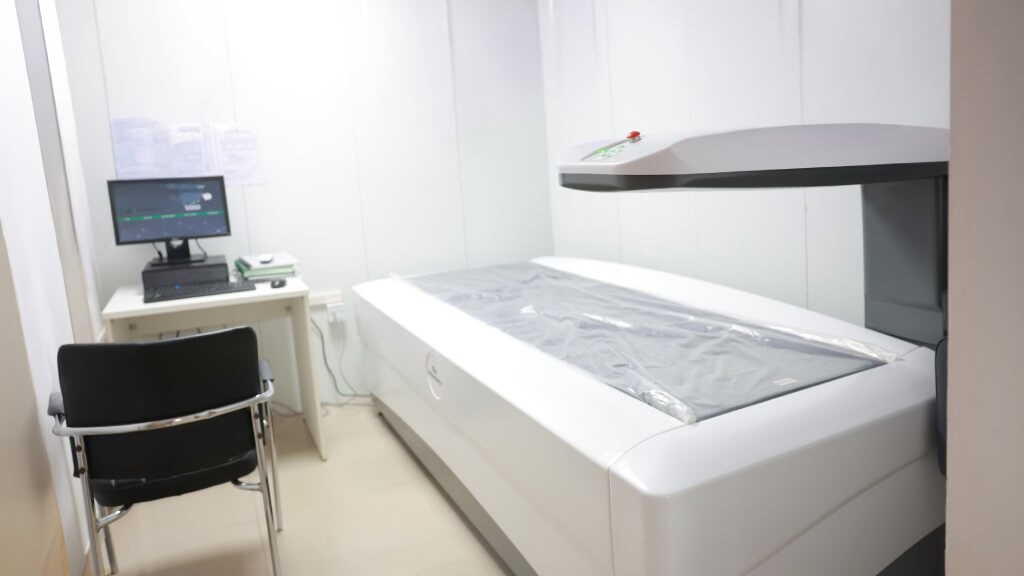Most fractures in older adults don’t happen during mountain hikes or extreme sports—they happen at home. A slippery bathroom, a loose rug, or poor lighting can turn into a fracture risk, especially if bones are already fragile from osteoporosis.
The good news? A few simple home modifications can dramatically reduce fall risk and protect your independence.
Safety First: Smart Home Modifications
- Bathroom upgrades: Install grab rails near the toilet and shower. Use non-slip mats inside and outside. A shower chair or tub bench can be a game-changer.
- Floors and stairs: Remove loose rugs or secure them with anti-slip backing. Add non-skid tape to stair edges. Keep hallways clear of clutter.
- Lighting matters: Poor visibility causes many preventable falls. Add night lights in corridors, bathrooms, and bedrooms.
Daily Habits That Keep You Steady
- Wear supportive, non-slip footwear indoors and outdoors.
- Avoid rushing when getting up from a chair or bed. Take your time.
- Walking aids like canes or walkers aren’t a weakness—they’re tools for independence and safety.
Train Your Balance & Strength
Exercise doesn’t just make bones stronger; it makes you less likely to fall in the first place.
- Balance training: Tai chi, yoga, or guided physiotherapy can improve stability.
- Agility training: Brisk walking and simple home exercises improve reaction time and prevent missteps.
- Strength training: Builds muscles that act as shock absorbers if you do stumble.
The Link to Bone Health
Preventing falls is only half the story. If your bones are fragile, even a small slip can mean a big fracture. That’s why assessing bone density is key. A DEXA scan can detect early bone loss, so you know if you’re at higher fracture risk and need medical support alongside home safety.
The Next Step
Making your home safer is the easiest first step. But don’t stop there—understanding your bone strength completes the protection.


